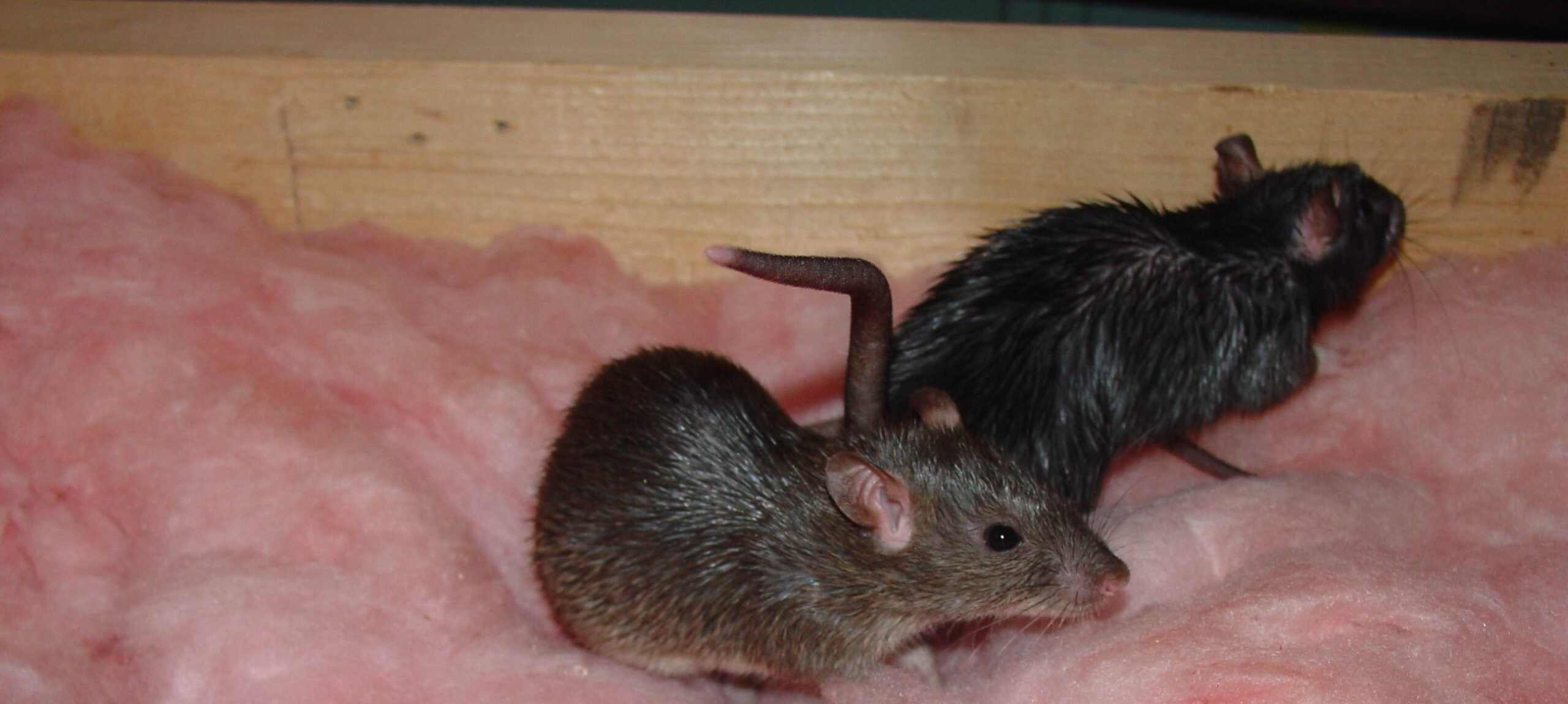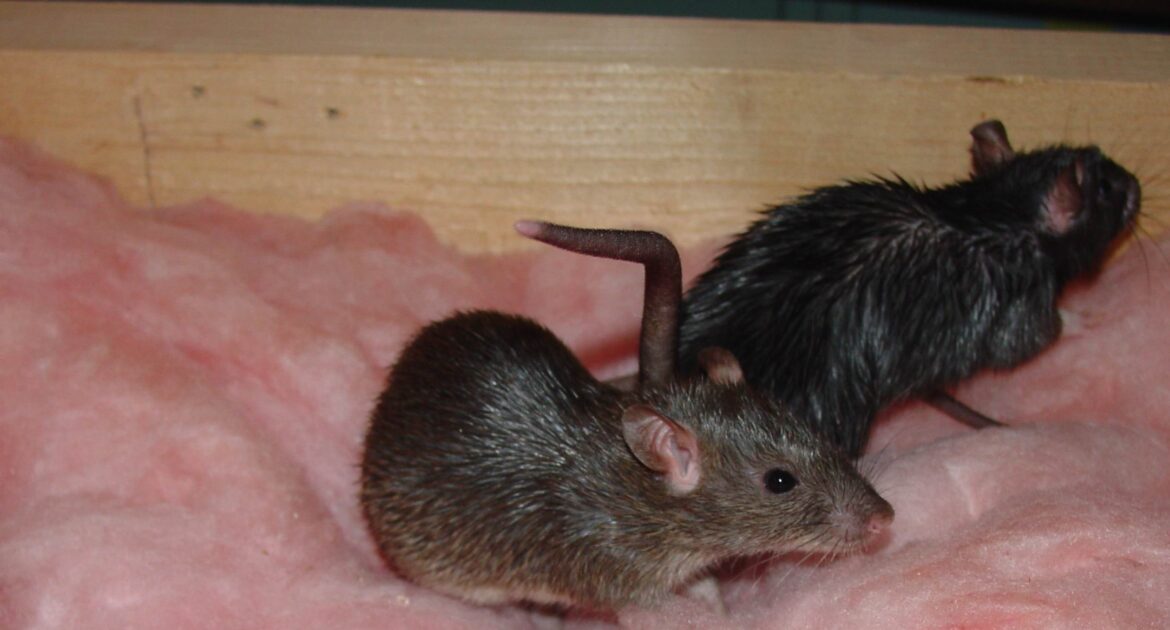You might think you’re fast, but have you ever seen a rat dash across the kitchen floor? Before you can blink, that furry animal is already gone.
At Skedaddle Humane Wildlife Control in Montreal, we know how tough it can be to keep up with these clever creatures. Rats aren’t just quick for fun—their speed keeps them alive every single day.
You should know that rat running speed is all about survival. They can run as fast as 8 miles per hour (that’s 13 kilometres per hour). How rats use speed isn’t just about running in straight lines. They can zig-zag, climb walls, and slip through tiny spaces. These skills are part of smart rat survival tactics.
When rats race through your home, they’re escaping danger, searching for food, and finding safe spots to hide. Their quick moves help them outsmart bigger animals and people too.
You’ll find out in the rest of this post just how rats use speed to survive every day in cities like Montreal. We’ll look at the secrets behind their running, what makes them so fast, and why their survival tactics matter to you and your family.
The Science Behind Rat Speed
Rats have special body features that make them natural runners. Their long, muscular hind legs work like tiny springs. These powerful legs push them forward with each step. Their flexible spine helps them stretch out when running, covering more ground with every stride.
A rat’s tail plays an important role too. It acts like a tightrope walker’s pole, helping them balance while running on narrow surfaces like fence tops or pipes. This balance lets them maintain their rat-running speed even on tricky surfaces where other animals might slow down or fall.
Their small size also helps with speed. Rats weigh much less than cats or dogs, so they need less energy to move quickly. Their lightweight bodies can change direction fast without losing momentum. This makes them hard to catch, even for quick predators.
How Fast Different Rats Can Run
Not all rats run at the same speed. The type makes a big difference:
- Brown ones (the most common type) can run about 6-8 miles per hour
- Black ones are slightly faster, reaching up to 10 miles per hour
- Young ones tend to be quicker than older ones
- Healthy ones run faster than sick or injured ones
Male rats often run faster than females, especially when they’re competing for territory or mates. However, female ones protecting their babies can reach surprising speeds when they need to defend their young.
The surface they’re running on affects their speed too. Rats run fastest on smooth, flat surfaces. They slow down on rough ground or when climbing, but they’re still impressively quick even on difficult terrain.
Escape: Running From Danger
The most obvious way rats use speed is to escape from predators. When a cat, dog, or human appears, a rat’s first instinct is to run. Their running speed gives them a crucial advantage in these life-or-death moments.
Rats don’t just run randomly when scared. They plan their escape routes ahead of time. Smart rats always know where the nearest hiding spots are before they venture out into the open. This planning, combined with their speed, makes them incredibly hard to catch.
Their quick reflexes help too. A rat can go from standing still to full speed in just a fraction of a second. This instant acceleration often catches predators off guard, giving the rat the head start it needs to reach safety.
Foraging: Speed Helps Find Food
Finding food requires speed and stealth. Rats often need to cover large areas quickly to locate meals. How rats use speed for foraging shows their intelligence and adaptability.
When rats discover a new food source, they don’t stay long in one spot. They grab what they can carry and speed back to their nest. This quick in-and-out approach keeps them safe from predators who might be watching feeding areas.
Speed also helps rats compete with other animals for food. If multiple rats find the same food source, the fastest ones get the best portions. This competition drives them to maintain their running abilities throughout their lives.
Navigation: Moving Through Complex Spaces
Rats live in complicated environments full of obstacles. Urban areas have pipes, wires, narrow spaces, and multiple levels. How rats use speed to navigate these challenges shows their remarkable adaptability.
They can run along thin pipes without slowing down much. Their speed combined with excellent balance lets them travel on surfaces where other animals would be helpless. This skill opens up travel routes that predators can’t follow.
Rats also use speed to explore new areas safely. They dash from hiding spot to hiding spot, mapping out their territory piece by piece. This exploration helps them find food sources, escape routes, and good nesting locations.
Adaptability: Changing Speed for Different Situations
Smart rats adjust their speed based on the situation. They don’t always run at top speed. Instead, they match their pace to what they need:
- Slow and careful when exploring new, possibly dangerous areas
- Medium speed when travelling familiar, relatively safe routes
- Maximum speed when escaping immediate danger
- Quick bursts when crossing open spaces between hiding spots
This flexibility in how they use their rat running speed shows their intelligence. They save energy when possible, but can access their full speed when survival depends on it.
Rat Survival Tactics Beyond Speed
While speed is crucial, rats combine it with other survival tactics:
- Stealth and Timing: They are most active when predators are less likely to be around. They use speed during these safer periods to accomplish necessary tasks quickly.
- Group Coordination: When they live in groups, some act as lookouts while others forage. The lookouts can warn the group to run if danger approaches.
- Memory and Learning: They remember which routes are safest and fastest. They learn from close calls and adjust their behaviour accordingly.
- Physical Adaptations: Beyond speed, they have excellent hearing and smell that help them detect danger before they need to run.
The Challenges of Living With Fast Rats
When rats move into human homes, their speed creates challenges for homeowners. Traditional methods like snap traps often fail because they can detect and avoid them quickly. Their running speed means they can grab bait and escape before traps activate.
Rats also use their speed to explore homes efficiently. They can map out an entire house in just a few nights, learning where food is stored and identifying all the best hiding spots. This quick exploration helps them establish themselves before homeowners even realize they have visitors.
Attempting to catch or remove them without professional help rarely works. Their speed and agility make them nearly impossible for untrained people to handle safely. Additionally, rats can carry diseases, making any contact potentially dangerous for homeowners.
Professional Solutions That Work
Effective rat control requires understanding how these animals use their speed and intelligence. Professional wildlife control experts like us at Skedaddle Humane Wildlife Control understand rat behaviour and have the tools and experience to handle these quick creatures safely.
Professional services use methods that work with rat behaviour instead of against it. One-way doors, for example, allow rats to leave buildings but prevent them from getting back in. This approach respects their natural abilities while solving the human problem.
Trained professionals also know how to clean and sanitize areas where rats have been living. This cleanup requires special equipment and techniques that homeowners shouldn’t attempt on their own.
Speed Meets Professional Expertise
Understanding rat running speed and how they use speed for survival helps us appreciate these remarkable animals while recognizing why professional help is necessary when they become unwanted houseguests. Their impressive rat survival tactics that have helped them thrive for millions of years are the same abilities that make them challenging for homeowners to handle alone.
The combination of speed, intelligence, and adaptability that makes rats such successful survivors also makes them require expert handling. If you suspect rats have moved into your Montreal area home, don’t try to handle the situation yourself.
Contact Skedaddle Humane Wildlife Control to request an estimate and learn how our experienced team can help resolve your wildlife concerns safely and effectively.




